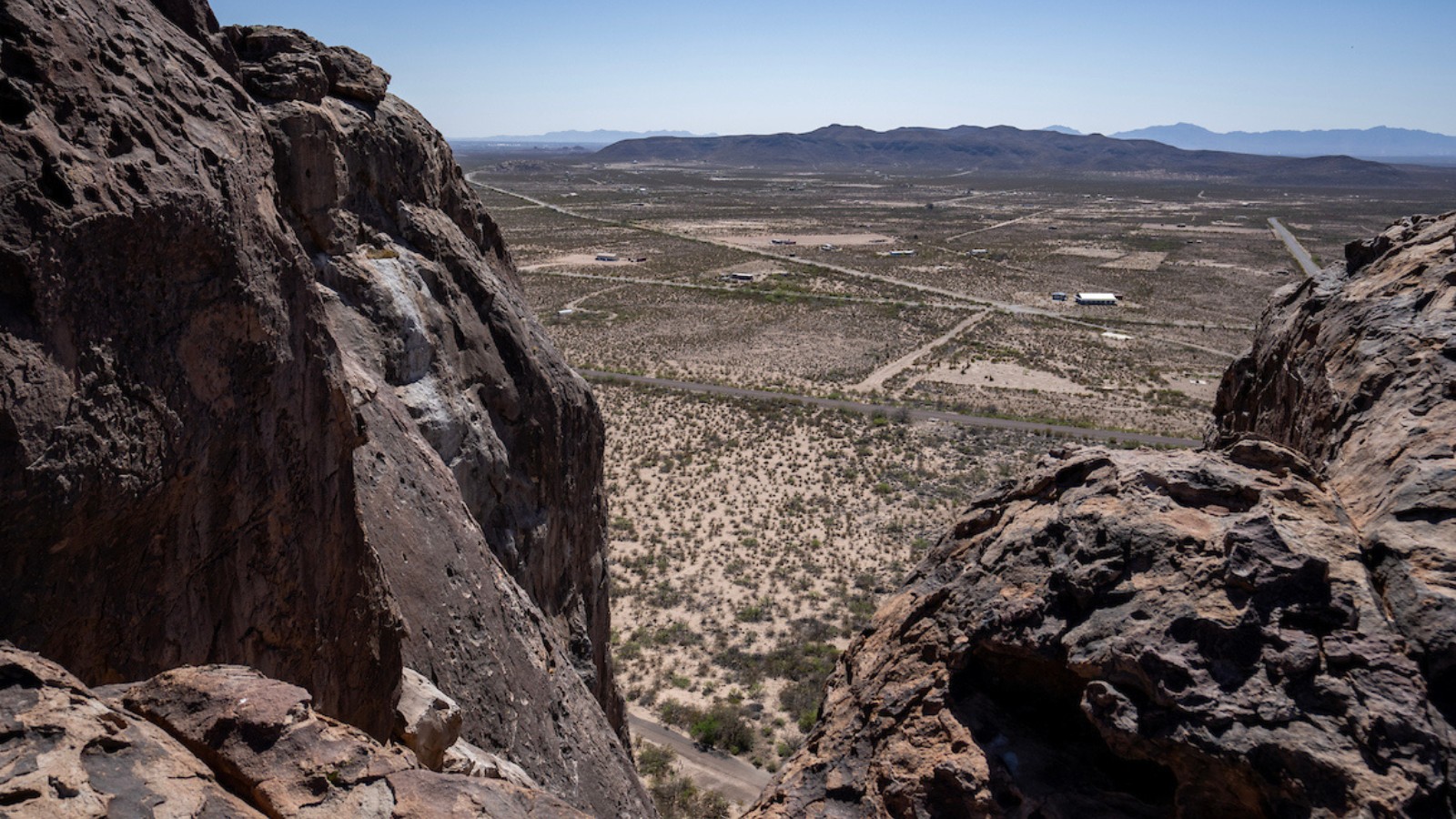Achieving sufficient water despite dwindling supplies, competing demands and changing climates
Despite dwindling supplies, competing demands, and a changing climate, sufficient water supplies can be achieved and managed to sustain irrigated agriculture in the desert Southwest through innovative technologies, collaborative decision making, and improved policies. Critical components of this complex system include the changing climate which is a crucial driver of water supply and demand, the hydrological connections between surface and groundwater and finally the dynamic bi-national demand for water between the large metropolitan area of El Paso and Ciudad Juarez, the irrigated agricultural area upstream, downstream, and surrounded by the Chihuahuan desert. Using our improved characterization and understanding of the system to develop and test technologies and policies will augment useable water supplies, optimize the allocation of water to competing demands and improve water use efficiency, conservation, and environmental impacts.
Our approach will result in an improved understanding of both stakeholders and researchers of the drivers of water supply and demand. And present acceptable, workable, solutions at a local and regional level. We also plan to develop a dynamic and enduring systems model that can be consulted and adjusted. Ultimately, we want to create transferrable approaches and solutions aimed at the arid/semi-arid basins where irrigated agriculture faces challenges from climate change, competing demands, and salinization. This research will continue to strengthen our universities and research centers to train and develop water professionals.
Related PDF Fact Sheets
- Linking Hydrological Models for Watershed Management
- ET Tower Provides Information for Water Conservation
- Evaluation of Irrigation Efficiency Strategies for Far West Texas
- Coordinated Water Resources Databases & GIS for Watershed Management
- Development of RiverWare Model of the Rio Grande Flow for Flood Control and Water Operations Planning
- TAMU and NMSU Scientists Help Irrigation Districts in Water Conservation
Funding
This project is funded by the U.S. Department of Agriculture National Institute of Food and Agriculture, USDA-NIFA, led by Dr. William Hargrove of University of Texas at El Paso in collaboration with New Mexico State University, Universidad Autónoma de Ciudad Juarez (UACJ), Texas A&M University, Michigan Tech and University of New Mexico and working with regional stakeholders to gain a better understanding of future scenarios of water availability and use in the Rio Grand project area.

